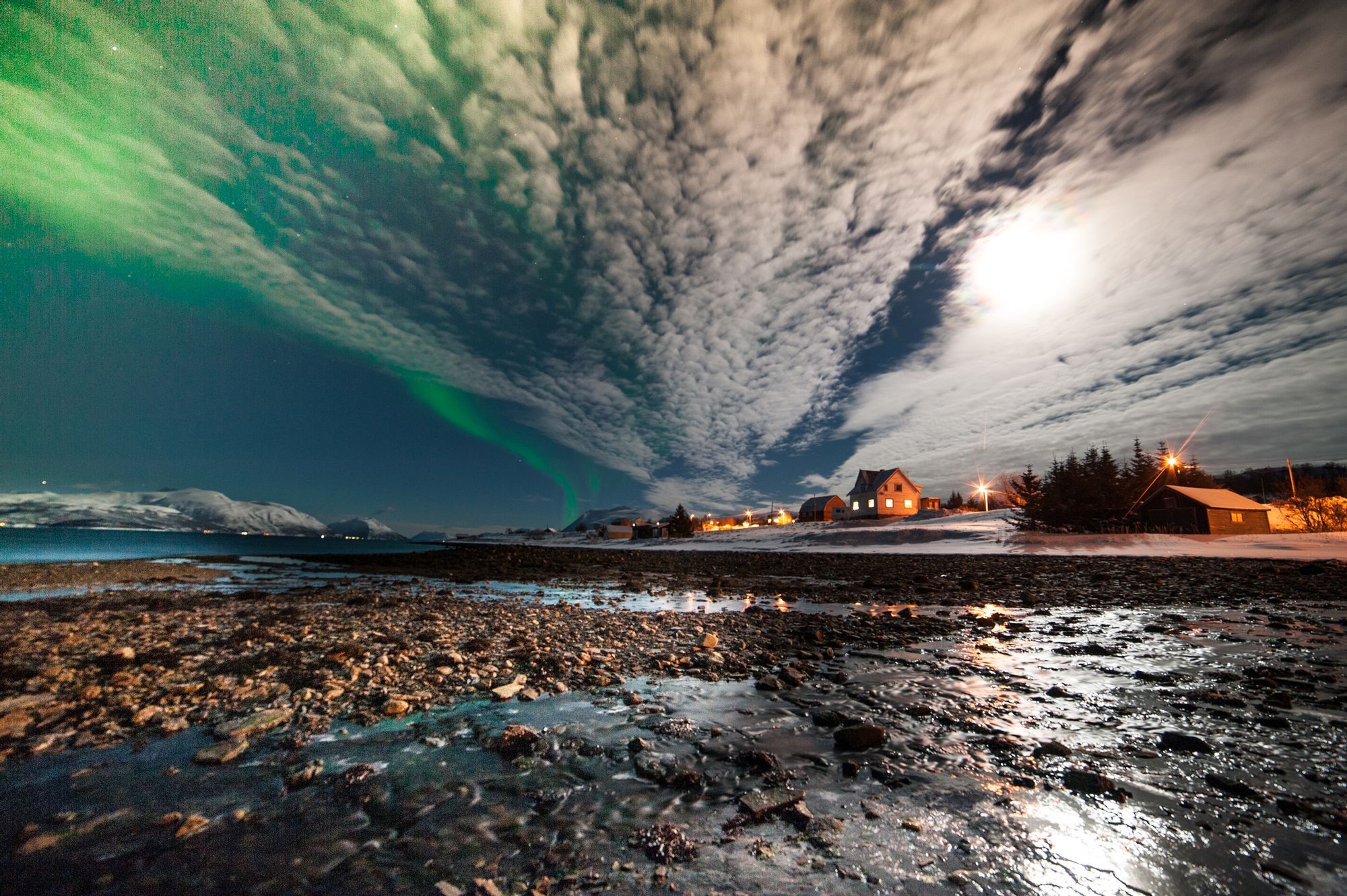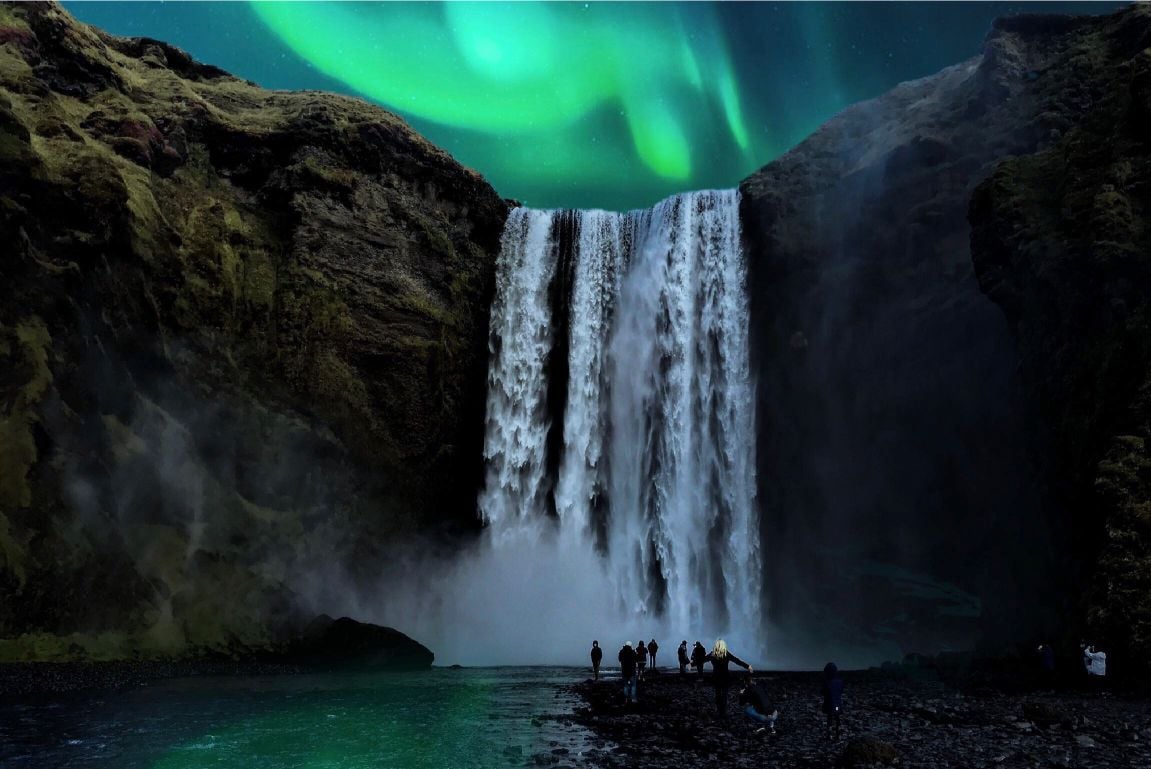
The northern lights are an elusive phenomenon at the the best of times. Historically, they have been surrounded by as much superstition and mysticism as science. The Vikings thought it was a sky bridge between their Gods and Earth. The Sami people saw the lights as visible sound. However, what we know today about them now makes them even more magical.
So what of the claims you may have seen circulating that they are disappearing? Is this true? In short; no. In slightly longer terms; only a little bit.
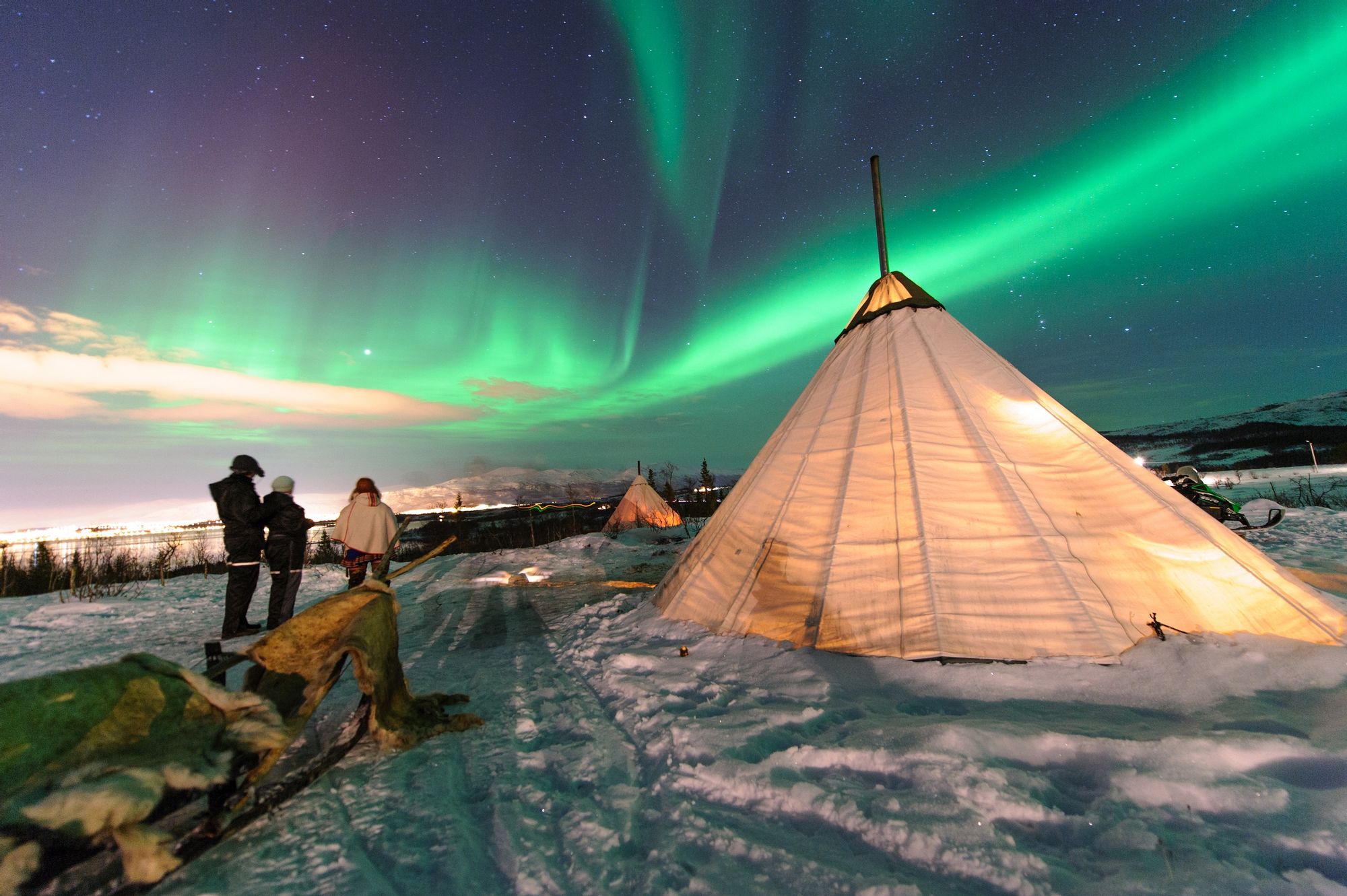
What causes the Northern Lights?
The northern lights, or aurora borealis, are caused when charged particles are flung from the sun. These streams of charged particles are called ‘solar winds’. When those charged particles hit the the earth’s own magnetic fields, their energy state changes. When that happens, the atoms in the particle emit a photon, which in turn creates a dramatic light show.
Lots of charged particles entering the earths atmosphere causes these spectacular green lights to starting dancing across the sky.

Why are they decreasing?
The sun goes through 11 year cycles. At the ‘solar maximum’ the sun is at its most active, and it’s at its least active at the ‘solar minimum’. The sun has just exited the ‘solar minimum’ phase, which it reached in 2019, and is now in the process of building towards the next 'solar maximum'. This is likely to occur sometime between November 2024 and March 2026.
A way to judge the sun’s activity is by judging the amount of sun spots. A sun spot is a magnetic current arcing in and out of the sun. Sometimes, this bursts out a ray of charged particles towards earth. Admittedly, it is true that the sun has fewer sun spots during the solar minimum, and sun spots are one cause of the aurora.
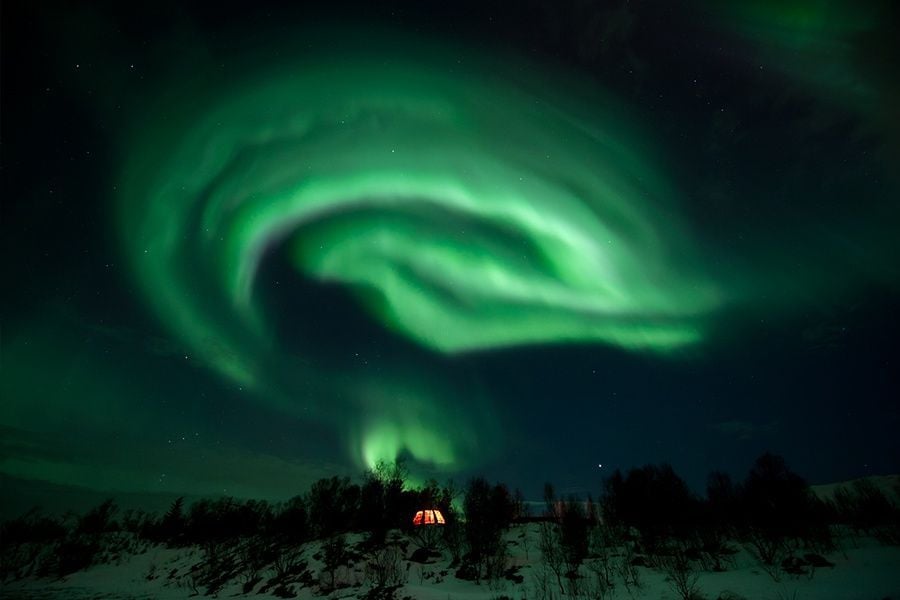
However, fear not. Sun spots are not the only phenomenon to eject solar winds towards earth. Holes in the earths surface, or ‘corona’, can also blast solar winds towards Earth. Occurrences of these ‘coronal holes’ remain consistent during the sun’s cycles. These ‘coronal holes’ produce CME’s, or ‘coronal mass ejections’, which result in extended periods of aurora shows.
In other words, there will be aurora’s, even at the solar minimum - though location and local knowledge will be more important than ever.
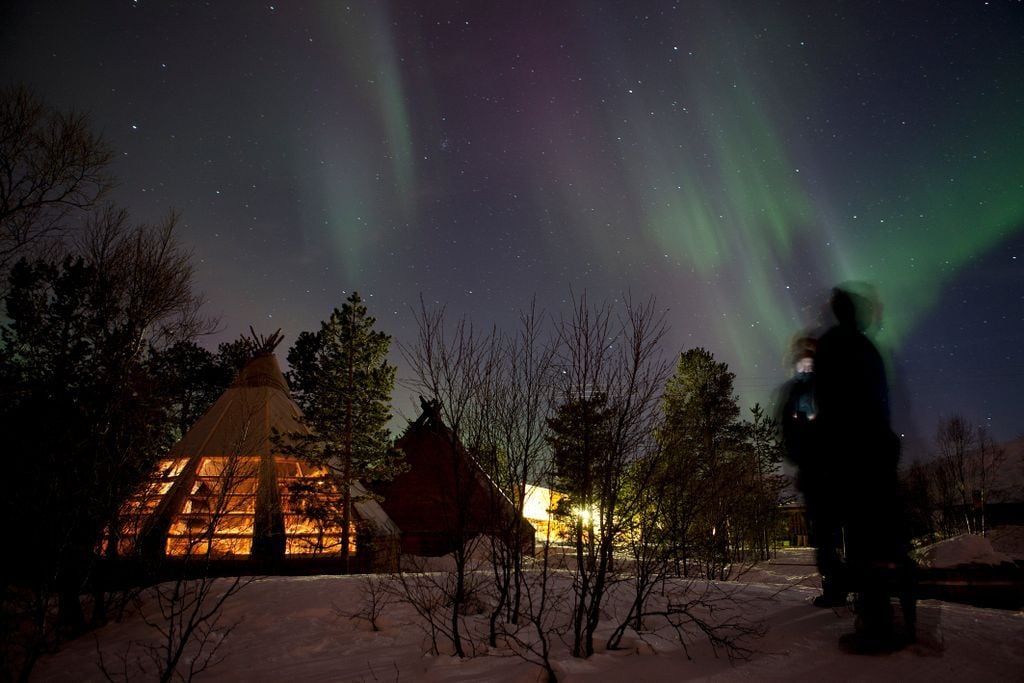
How can I increase my chances of seeing the Northern Lights?
To increase your chances of seeing the aurora during the ‘solar minimum’ location is going to be key. During the solar minimum, the northern lights will be more localised to the latitudes of 66 to 69 degrees. This means that Northern Scandinavia, just outside the arctic circle, will be the best place to see the northern lights.
To increase your chances, head as far North as possible. At the ‘solar minimum’, your chances of seeing the lights from places like Scotland or even Oslo is quite slim.
Avoid light polluted cities, and look to only use them as a gateway to more rural, less light polluted regions. Northern tows like Tromso and Svalbard will still provide an excellent opportunity to spot the lights.
In short, the aurora is far from disappearing. But 2017 will the be the best year to see them in the next 11 years.
Being with a knowledgeable guide who knows the terrain and understands solar activity will greatly increase your chances. They can provide help with photography techniques, and get you out to the most remote vantage points.
Check out our range northern lights experiences in Norway, and other northern lights holidays.

